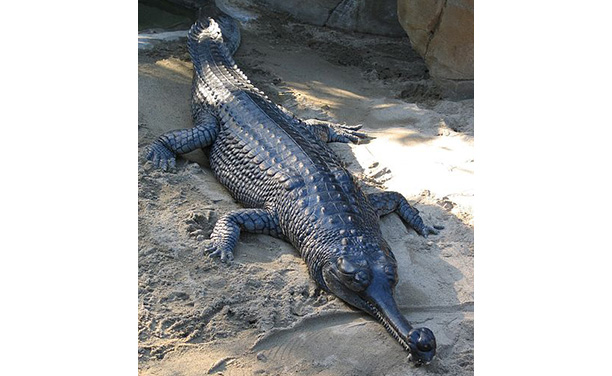
Category: Reptiles

This crocodilian’s long, narrow snout it an adaptation to its diet, which consists primarily of fish. They are the longest of all crocodilians, able to grow to over 20 feet long. Gharials are the most thoroughly aquatic of all crocodiles and cannot move well on land, only slide along on their bellies. Despite conservation efforts, they are critically endangered in their native India due to habitat loss and decline of fish stocks.
http://animals.nationalgeographic.com/animals/reptiles/nile-crocodile/
http://library.sandiegozoo.org/factsheets/gharial/gharial.htm#physical

The not-a-snake
The slow worm has a long body, lacks limbs, and is covered in lustrous scales - so is it a snake? No, it is a lizard! Because unlike snakes, the slow worm has eyelids, visible ears, and like many lizards, its tail can break off in the mouth of a predator, allowing them to escape for another day. The slow worm belongs to the Anguidae family, and similarly (but independently) lost their limbs to better adapt to their environments. These “not-snakes” can be found in gardens throughout Europe and the UK, helping to control the population of slugs and other pests, though you probably won’t see any if you have a cat: a slow worm will likely prove a favorite food of your cat!
Learn more >>
 Discover Animals is a web-based educational resource offered by the NAIA
Discover Animals is a web-based educational resource offered by the NAIA